Blue Jays-Rangers Brawl Highlights Major League Baseball’s Latino-Anglo Rift
You can argue whether it's racial or cultural, but tension among the players is real, and integration is not the same as acceptance.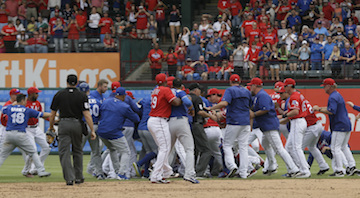 There's no crying in baseball, but there's plenty of bad blood. (LM Otero / AP)
1
2
There's no crying in baseball, but there's plenty of bad blood. (LM Otero / AP)
1
2

There’s no crying in baseball, but there’s plenty of bad blood. (LM Otero / AP)
“Separate but equal,” was how [teammate] Blake Allen described the team dynamic to me. … “You’ve got your Dominicans and you’ve got everybody else. You don’t want anything to do with the Dominicans. They’re loud, they have no respect for nobody and for God’s sake, don’t ever go in the shower when they in there.” The team was in fact divided between the Dominicans (a catchall phrase for Hispanic players) and those of us from the United States. There were a dozen Dominicans on our team from Venezuela, Mexico, Puerto Rico, Panama and, yes, the Dominican Republic. And Blake was right. They were loud and didn’t speak English. Just 17 or 18 years old, many had been snatched out of poverty within the last year and signed to lucrative six-figure contracts. Wearing large smiles, larger gold chains and designer sunglasses, they seemed to be playing life with Monopoly money. … “But I tell ya what [Allen told McCarthy], in every goddamn town we go to this year, the Dominicans will have fat white girls waiting for them.”Anonymous as McCarthy was—his 2002 season in Provo, Utah, was his only one in organized professional baseball, after which he graduated from Harvard Medical School—his story was too nitty-gritty to go down easily with the powers that be. The New York Times noted McCarthy’s manifold errors of fact, noting that he quotes “people stating incorrect facts about their own lives and tells detailed (and mostly unflattering) stories about teammates who were in fact not on his team at the time.” The Times went on to ask the publisher, Viking Press, and Sports Illustrated, which ran an excerpt, about its fact-checking lapses. Nevertheless, as far as the big picture—the disturbing accounts of prejudice—is concerned, the Times article didn’t deal with McCarthy’s credibility or lack thereof. Actually, the Anglo-Latino divide McCarthy cited dovetails with other accounts. In a 2014 piece for Bleacher Report, Dirk Hayhurst, who pitched briefly in the majors and was hired as an in-house correspondent by the Blue Jays, quoted an elderly scout, noting, “This team has too many Latinos on it to win. Get too many of them together on a club and they take over.” You could have heard that one about Latinos in baseball 50 years before. In 1960, Look Magazine did a cover story about the Giants, the Blue Jays of their day with all their African-American (Willie Mays, Willie McCovey) and Latino (Juan Marichal, Orlando Cepeda, Felipe Alou, Matty Alou) stars. The handsome Cepeda, known as the Baby Bull, was on the cover, naked from the waist up. The story, however, was anything but a puff piece. In it, manager Alvin Dark said Cepeda wasn’t the team player that Mays was, claiming Harvey Kuenn and Jim Davenport were more important to the team than Cepeda was. Your support matters…
Independent journalism is under threat and overshadowed by heavily funded mainstream media.
You can help level the playing field. Become a member.
Your tax-deductible contribution keeps us digging beneath the headlines to give you thought-provoking, investigative reporting and analysis that unearths what's really happening- without compromise.
Give today to support our courageous, independent journalists.

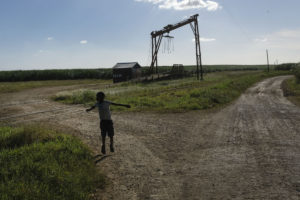
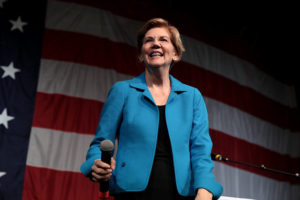

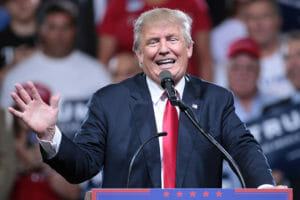
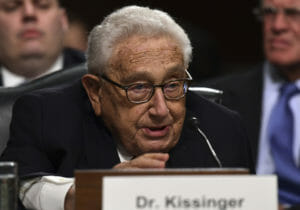
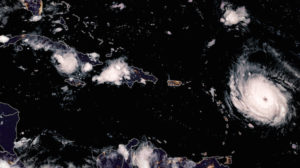


You need to be a supporter to comment.
There are currently no responses to this article.
Be the first to respond.